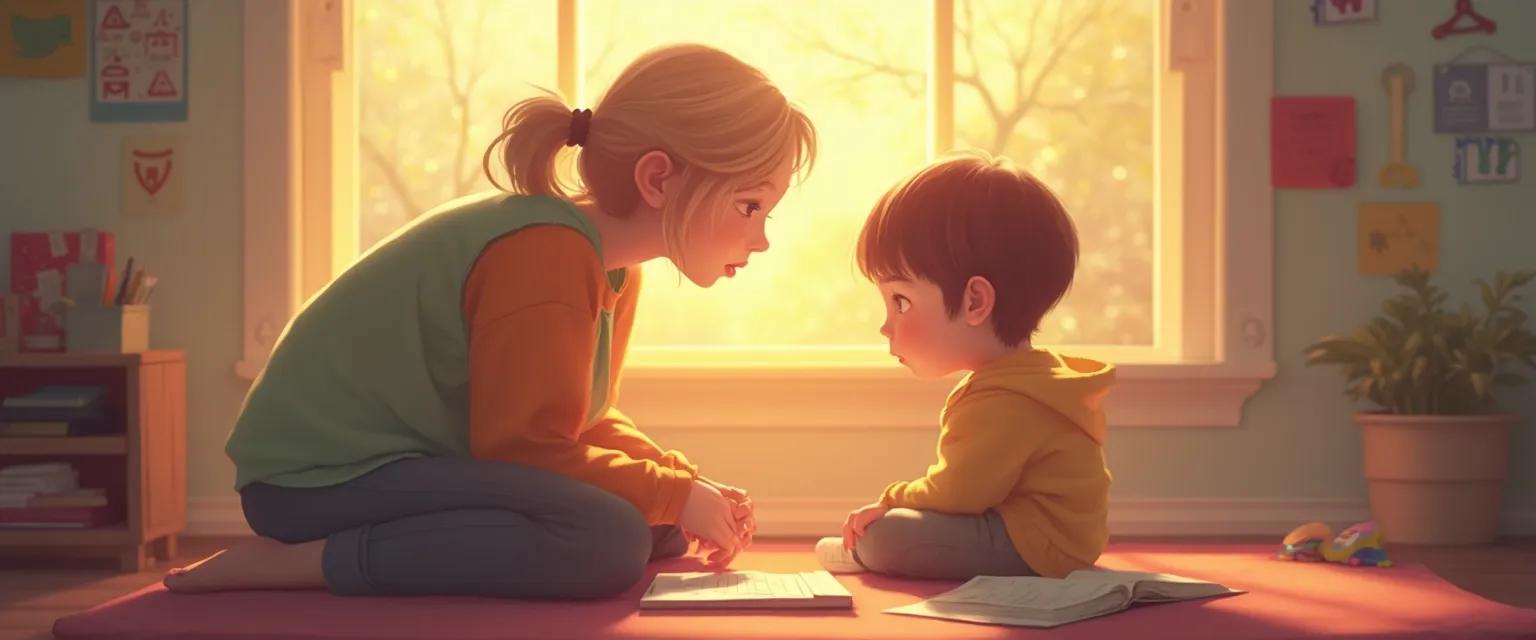5 Ways Parents Can Navigate Anxiety During Developmental Stages in Children
Navigating anxiety during developmental stages is a common challenge for parents. As children grow, they experience different forms of anxiety that are actually normal parts of healthy development. Understanding these age-specific manifestations helps parents respond appropriately without inadvertently intensifying their child's worries. Research consistently shows that how parents react to a child's anxiety during developmental stages significantly impacts their emotional resilience long-term.
Children's brains are constantly evolving, and with each developmental milestone comes new cognitive abilities – and new potential anxieties. What might seem irrational to adults makes perfect sense in a child's developing mind. The good news? With the right strategies for managing emotions, parents can help children build healthy coping mechanisms that serve them throughout life.
Recognizing Anxiety During Developmental Stages: Age-by-Age Guide
Different ages bring different anxieties, and recognizing what's typical helps parents respond appropriately. Here's what to expect during key developmental phases:
Toddlers (2-3 years)
At this stage, separation anxiety peaks as toddlers develop attachment to caregivers but lack understanding of object permanence. Fear of strangers and new situations is perfectly normal during this developmental stage. When your little one clings to your leg at daycare drop-off, they're processing complex emotions about safety and security.
Preschoolers (4-5 years)
As imagination blossoms, so do imaginative fears. Monsters under the bed and fear of the dark emerge as preschoolers struggle to distinguish fantasy from reality. These manifestations of anxiety during developmental stages reflect growing cognitive abilities rather than problems.
School-age (6-9 years)
Social anxiety and performance concerns become prominent as children compare themselves to peers. Worries about tests, sports performance, and fitting in reflect their expanding social awareness and self-consciousness.
Tweens (10-12 years)
Identity formation brings existential questions and intensified social anxiety. Physical changes of puberty often trigger body image concerns. This complex anxiety during developmental stages requires particularly thoughtful parental guidance.
Effective Communication Strategies for Anxiety During Different Developmental Stages
How you talk about anxiety profoundly impacts how children experience it. These communication approaches help children process difficult emotions:
Use age-appropriate language that grows with your child. For toddlers, simple emotional labels work: "You feel scared." With older children, introduce more nuanced vocabulary: "You're feeling anxious about your presentation tomorrow." This emotional vocabulary building helps children identify and express what they're experiencing.
Create judgment-free zones for emotional expression. When children know their feelings won't be dismissed or punished, they're more likely to share anxieties before they escalate. Try: "I'm here to listen whenever you feel worried" rather than "Don't be silly, there's nothing to worry about."
Validate feelings while gently challenging catastrophic thinking. "I understand you're worried about the math test. That's normal. What's the worst that could happen? And how likely is that, really?" This balanced approach acknowledges anxiety during developmental stages while promoting realistic thinking.
Supporting Your Child Through Anxiety During Key Developmental Stages
Beyond communication, practical support strategies help children develop healthy relationships with anxiety:
Teach Age-Appropriate Coping Tools
Simple breathing techniques work for all ages. For younger children, "balloon breathing" (inhale to inflate an imaginary balloon, exhale to deflate) makes the concept tangible. Older children can learn more sophisticated anxiety management techniques like progressive muscle relaxation or visualization.
Create Security Through Predictability
Consistent routines provide security while children navigate developmental challenges. Visual schedules help younger children know what to expect, while consistent family rituals (like regular dinner conversations or weekend activities) create security for older kids facing social uncertainties.
Build Resilience Through Gradual Exposure
Rather than avoiding anxiety-provoking situations, help children face fears incrementally with support. For a child afraid of dogs, start with pictures, then watching dogs from a distance, eventually working toward petting a calm, friendly dog. These small victories build confidence in handling anxiety during developmental stages.
Recognize When Professional Help Is Needed
While anxiety during developmental stages is normal, sometimes additional support is needed. Consider professional guidance if anxiety: persists for weeks, prevents normal activities, causes physical symptoms like stomachaches or headaches, or leads to significant sleep disruption.
Remember, supporting children through anxiety during developmental stages isn't about eliminating all worry—it's about teaching them to understand and manage normal emotions. With these strategies, you're not just helping them through today's challenges but equipping them with emotional skills that last a lifetime.




